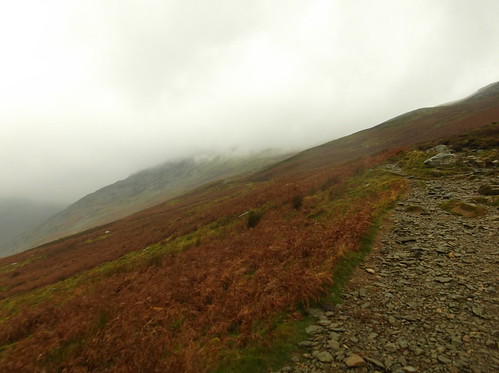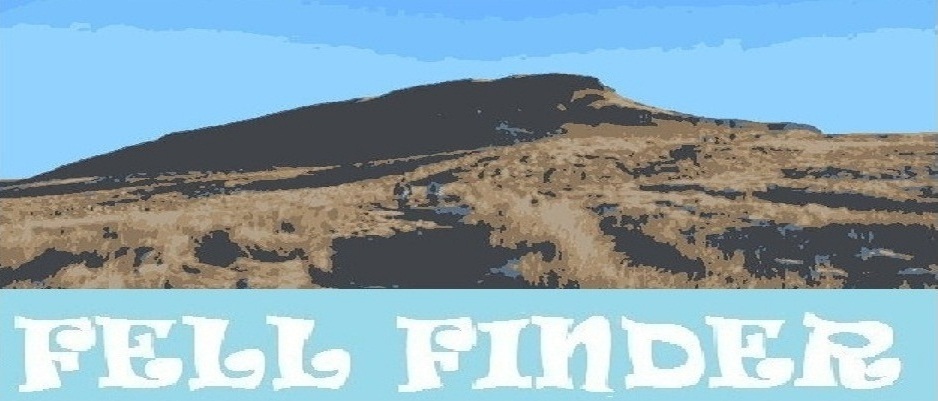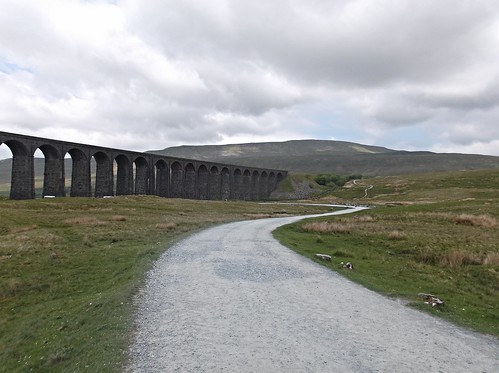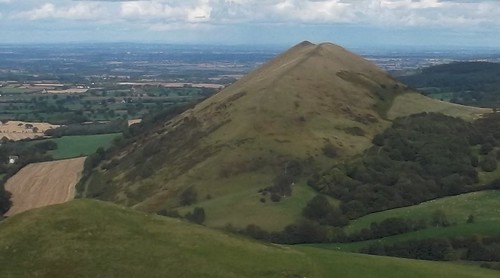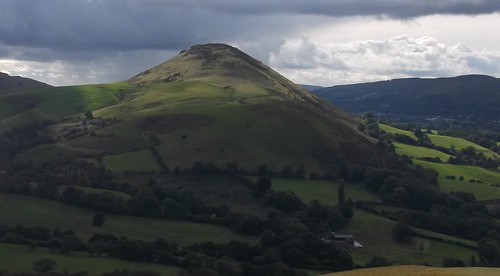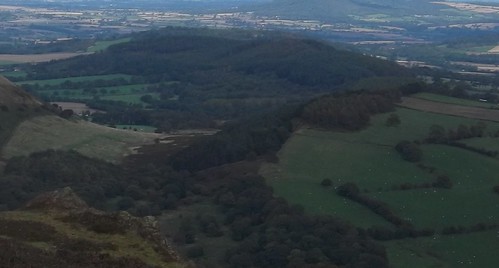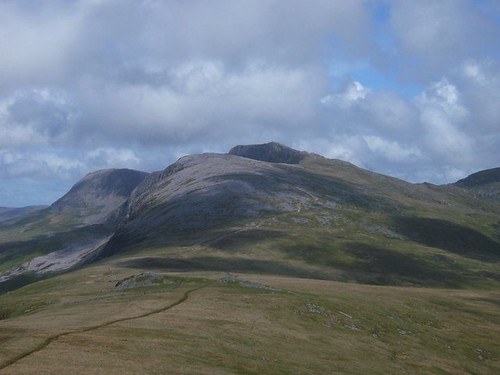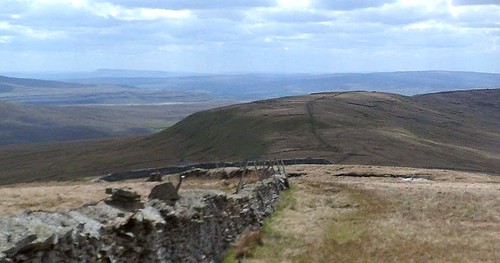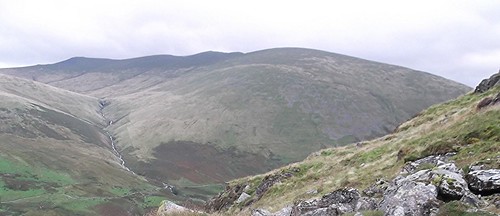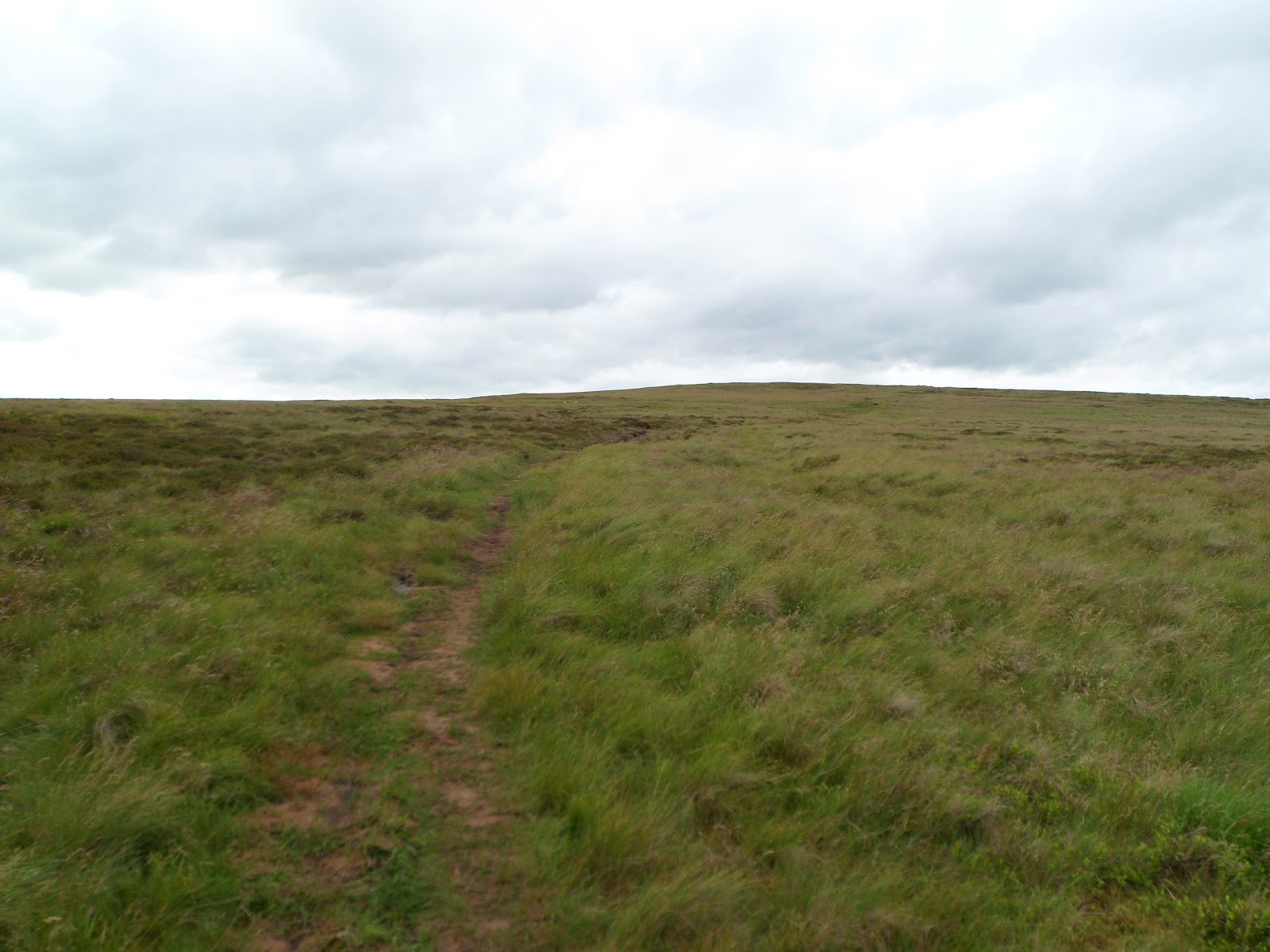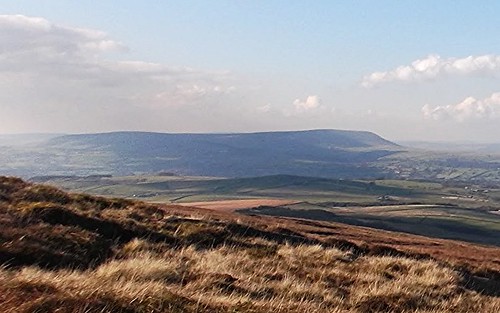So, I was stood at Penrith station at 9am, where after witnessing heavy cloud over the Lake District fells from Shap summit and flecks of rain on the train windows - this was not looking promising. The bus arrived spot on time and got under way to Patterdale, a place I have never visited before. It is a journey of about an hour from Penrith to Patterdale along country lanes. During the journey the weather seemed to simply be getting worse, Ullswater was looking 'choppy' to say the least, but on a plus note you could still see the fell tops, which is usually a good sign.
On finally arriving into Patterdale it was light rain, I made my way to the Patterdale Hotel where I had decided to start my walk from, I purchased some refreshment, then made my way towards the foot of Helvellyn.
Here outside of the hotel just after arrival...

The rain had started to spatter onto my jacket, but nothing in the way of severe weather. My route took me along Grisedale but then cuts up onto the edge of Patterdale Common to navigate the heavily eroded footpath up the side of Helvellyn towards Striding Edge. On putting boot onto the rugged footpath the rain had really started to come down, and the wind was starting to howl along Grisedale.
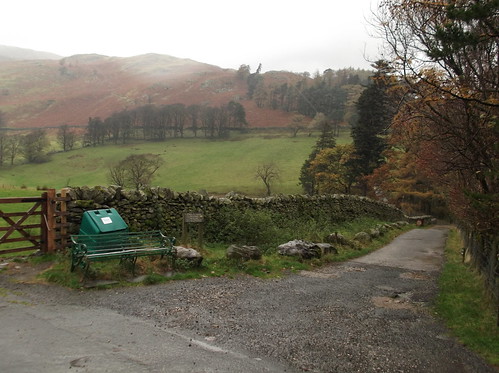
The fells of Nethermost Pike and Helvellyn itself were swamped in what I would describe as claggy cloud that the wind and rain was rushing out from. After reaching the height of 500 metres I would describe the experience as being hosed down with a pressure washer in a wind tunnel, and the wind was starting to blast me about trying to unbalance me. I was wearing a large pack on my back with my clothes, phone, and wallet in, stuff for the next couple of days, so I had become concerned about how much water was starting to get into my pack. I don't mind admitting that I was starting to get annoyed with this walk now, and the fact the weather was as bad as it was by this point in the day, considering it wasn't predicted for another few hours yet! So I battled onwards and upwards against the elements to a point on the path called Grisedale Brow, and to what is known as the 'hole in the wall' situated at around 720 metres up, this is where a stile allows you out towards Striding Edge. Just before I reached the stile the mountain was acting as a giant wind break, on looking over the dry stone wall that the stile was built into I was knocked back by the shear force of the wind, easily gusts of 60 - 70 mph. Now at one time I might have continued on despite the elements, however this was dangerous, simple as, and would have been madness to continue across a notorious narrow, high ridge in these conditions, and even if I somehow made the ridge, the summit of Helvellyn is a particularly exposed fell that on this day could quite easily had gusts of of 90 mph. So on that note it was time to descend back down the mountain. It takes a lot for me to make a decision like that on a peak, but this seemed the only option. It was also on this decision that with the weather set to be worse for the following two days, to simply go back home!
I know this isn't exactly 'Touching the Void' stuff, but this was my version 'A Rough Day on Helvellyn' :)
I leave you with this final photo I took just beneath Grisedale Brow. Thank you for reading.
